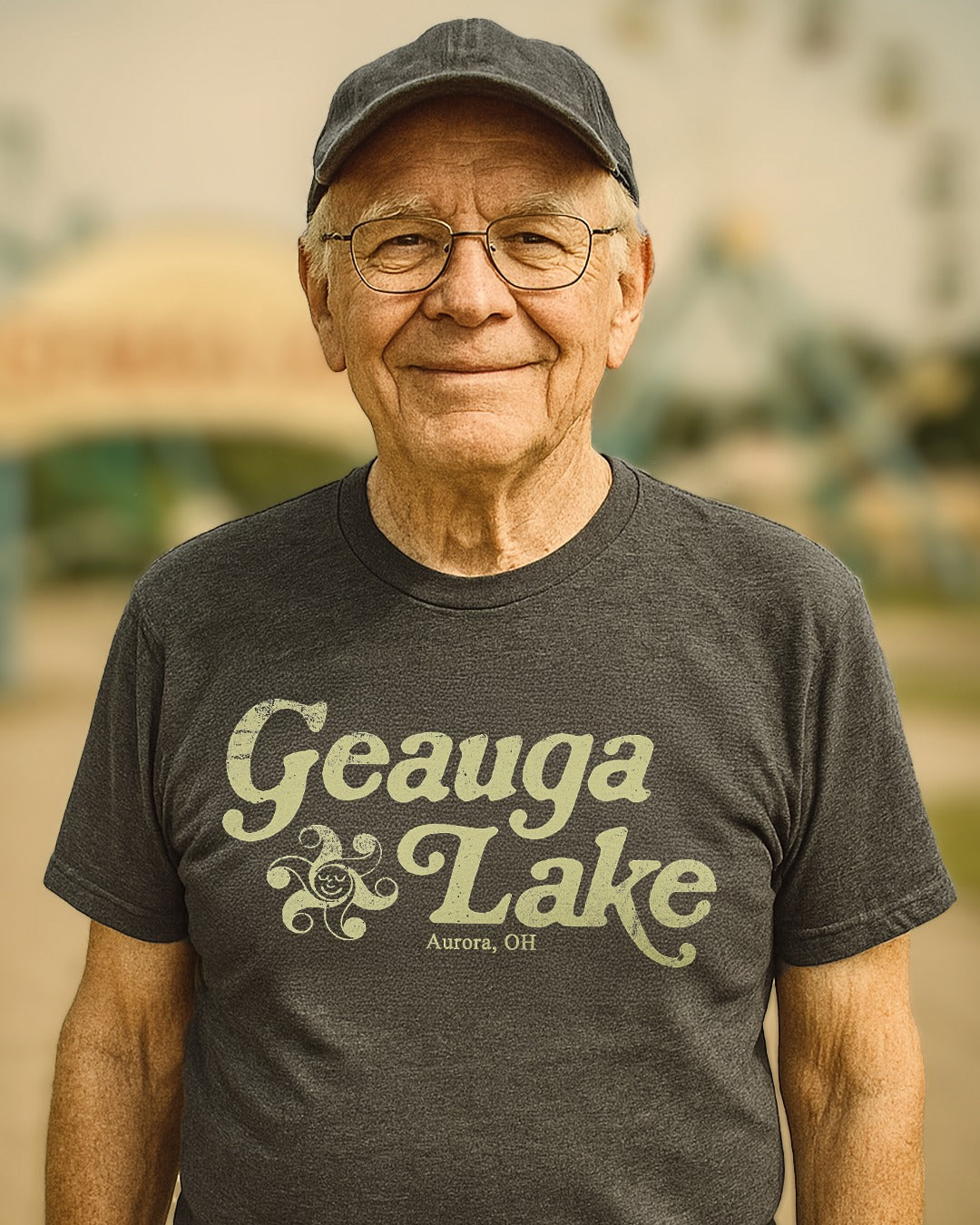On paper, it never should have worked as well as it did. The United States Football League (USFL) announced it was open for business on May 11, 1982, and one of its 12 charter franchises was awarded to Detroit. The team assumed the regional identity of the entire Great Lakes State and chose the nickname Panthers. That name went along with the other cat-inspired nicknames in town, the NFL’s Lions, and MLB’s Tigers. It was also a nod to the Detroit Panthers, a successful NFL team from the mid-1920s.
Get this Panthers T-shirt for 20% off with the code: gopanthers Click on the image to buy:
The USFL was slated to kick off in March of the following year, and while Detroit was a top ten TV market, the sports landscape in Southeast Michigan was fiercely competitive. The Tigers, who would also be playing in the spring, of course, were one of the best teams in baseball and on their way to a World Series championship in 1984.
The Panthers would start their first season as the NBA and NHL seasons were heading into the homestretch before those leagues began their playoffs. Both the NBA Pistons and NHL Red Wings were making regular post-season appearances in the early ‘80s.
The NFL Lions were coming off the strike-shortened 1982 season but were improving and would go on to finish 9 and 7 in the fall of 1983, good for first place in the NFC Central Division and a playoff appearance.
Consider also the area’s last experience with a non-NFL professional football team, the hapless Detroit Wheels. That team collapsed 14 games into the World Football League’s inaugural (and only complete) season in 1974.
The Panthers, though, assembled a solid organization both on the field and off. The team was owned by real estate magnate and shopping center developer A. Alfred Taubman, along with minority partners Max M. Fisher and Judge Peter B. Spivak. The general manager was Jim Spatival, a successful executive from the Canadian Football League. Spatival also had experience with new football leagues having coached the Chicago Fire of the World Football League. Jim Stanley, who was a head coach in the CFL, and an assistant coach in the NFL, was named head coach.

Anthony Carter hauls in a pass for the Panthers
The Panthers roster included former University of Michigan stand-out Anthony Carter at wide receiver, former Tulsa running back Ken Lacy, and quarterback Bobby Hebert out of Northwestern Louisiana State. The team also signed several players with NFL experience to build one the new league’s most talented teams.
Indeed, the Panthers opened their first season with a win edging the Stallions 9 to 7 before 32,352 fans at Legion Field in Birmingham on Monday, March 7, 1983. They lost the following week to the Bandits in Tampa, before returning to the Silverdome for the home opener against the Oakland Invaders.
A crowd of 28,952 turned out on Saturday night, March 19, for a game televised nationally by ESPN. After falling behind 23 to 6, the Panthers mounted a furious comeback that saw QB Bobby Hebert hit WR Derek Holloway for three TDs. However, the effort fell short, and the Invaders won 33 to 27.
The Panthers lost their next two games before setting out on a six-game winning streak and went on to win the Central Division crown. In the playoffs, over 60,000 fans filed into the Silverdome for a game against the Oakland Invaders, the team that had spoiled the Panther’s home opener. The home team exacted revenge 37 to 21 to advance to the USFL Championship game.
On July 17, 1983, at Denver’s Mile High Stadium, the Panthers defeated the Philadelphia Stars 24 to 22, capturing Southeast Michigan’s first pro football title since the 1957 Lions.

Bobby Hebert leads the Panthers to the 1983 USFL Championship
The Panthers were heavy favorites to return to the championship game in 1984 but struggled, finishing 10-8. That was still good enough for a trip to the playoffs where they lost to Steve Young and the Los Angeles Express 27 to 21 in triple overtime. It was the longest game in the history of professional football (below).
It would be the Panthers last game, despite increasing their average attendance from 22,000 fans per game in 1983 to 32,000 fans per game in 1984. The problem was a man named Donald Trump.
Trump had taken over ownership of the New Jersey Generals for the 1984 season and by the time the season came to an end he had convinced many of the other USFL owners that the league should switch to a fall schedule by 1986. Panthers owner Taubman was pro-spring and staunchly against a move to the fall for several reasons. Firstly, the Panthers were doing just fine playing in the spring, even though the Detroit Metro area had several pro sports teams playing at the same time. Secondly, a move to fall would have meant competing with the Lions owned by Taubman’s friend William Clay Ford.
Even though the switch wouldn’t take place until 1986, Taubman did not want to play a lame duck 1985 season. Instead, the team was merged with its old nemesis the Oakland Invaders, and with several former Panther stars, including QB Hebert and WR Carter, that team reached the 1985 USFL Championship game, where they fell to the Baltimore Stars. The Stars, formerly of Philadelphia, were forced to move to Maryland in anticipation of the fall move, which ended up not taking place.
With the planned move to fall came an antitrust lawsuit against the NFL, which the USFL won. However the upstart league was only awarded $3 in damages, which wasn’t the big payday they were looking for, nor did it provide the leverage to get some of the USFL teams into the NFL as some of the owners, including Trump, had hoped.




